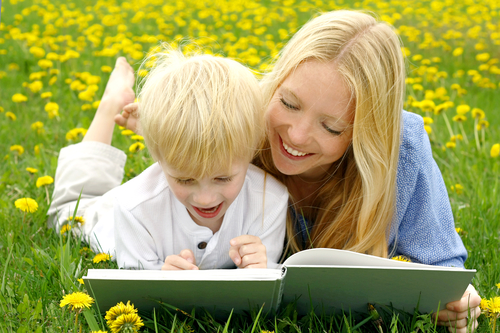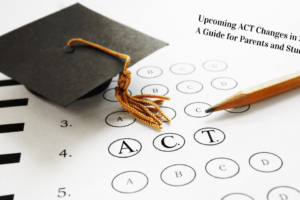
Summer Reading: How It Helps and What to Read
 For many students, reading is challenging enough during the school year, let alone over the summer when it’s not a requirement. But there are great benefits to be reaped from a willingness to read over summer vacation:
For many students, reading is challenging enough during the school year, let alone over the summer when it’s not a requirement. But there are great benefits to be reaped from a willingness to read over summer vacation:
Build the skill: Any reading that a student does at any time will help in innumerable ways. Practicing the skill builds one’s ability to power through more difficult readings, like passages on standardized tests or older English or history class texts. Reading for pleasure will only help to build this “reading muscle” and the summer is an opportune time to exercise it.
Catharsis: Reading can be soul-filling. When you are reading something you truly enjoy, the activity (which in school can feel soul-killing at times) can be cathartic. Summer vacation should be about relaxation anyway, so adding a fun book or books to it can make it that much more refreshing. Contrary to many students’ beliefs, books can provide relaxation and catharsis. That’s why they’re called “beach reads.”
Student’s choice: In the summer, students can chose their own reading material. This is a huge benefit in providing an impetus for young folks to pick up a book. There is always something unappealing about having to do something. When students can make their own choice, the activity instantly becomes more appealing.
This last point begs the big question: what books should students choose? Anything a student reads will help build the skill, even books parents or teachers may see as “fluff.” Below are a few summer reading recommendations for different age groups, taking into consideration different genres and subjects, as well as links to reading lists and suggested books.
For the middle school student:
Hatchet by Gary Paulsen: For the outdoorsy, adventurous reader.
The Princess Bride by William Goldman: For the reader into fantasy and saga. (Also a classic movie.)
Little Women by Louisa May Alcott: For the reader who likes a solid, classic American story.
Treasure Island by Robert Louis Stevenson: Pirates and treasure. ‘Nuff said.
Holes by Louis Sachar: For students who like dystopian stories with some underlying humor.
Eragon by Christopher Paolini: Dragons, castles, etc. Everything the reader of fantasy could ask for.
Boy by Roald Dahl: Relatable, funny and true coming-of-age story by the author of Charlie and the Chocolate Factory.
High School:
Dandelion Wine by Ray Bradbury: Great writer, great story. Americana with a supernatural twist.
The Dark Materials Trilogy by Philip Pullman: An epic for the adolescent. Great primer for books like Beowulf and The Odyssey.
Killer Angels by Michael Shaara: Historical fiction at its best. The Battle of Gettysburg comes to life.
The Hitchhiker’s Guide to the Galaxy by Douglas Adams: Sci-fi and humor all in one reasonably sized book.
Watership Down by Richard Adams: For the budding conservationist.
Marley and Me by Josh Grogan: For the dog lover. Have tissues available.
Into the Wild by John Krakauer: Incredible true story and all-around good book. How non-fiction is done.
In addition, here are links to some reputable outlets’ summer reading recommendations:
American Library Association (ALA):
http://www.ala.org/alsc/2016-summer-reading-list
Scholastic:
National Council of Teachers of English (NCTE):
http://www.ncte.org/lessons/summerread
Huffington Post:
http://www.huffingtonpost.com/2015/07/02/beach-reads-summer_n_7699708.html
Publisher’s Weekly:
http://best-books.publishersweekly.com/pw/best-books/summer-reads-2016/top-10
Summer is a great time to build the “reading muscle,” get some catharsis, and chose your own stories. Take advantage of this beautiful time of year for more than just tanning.
Written by Phil Lane



